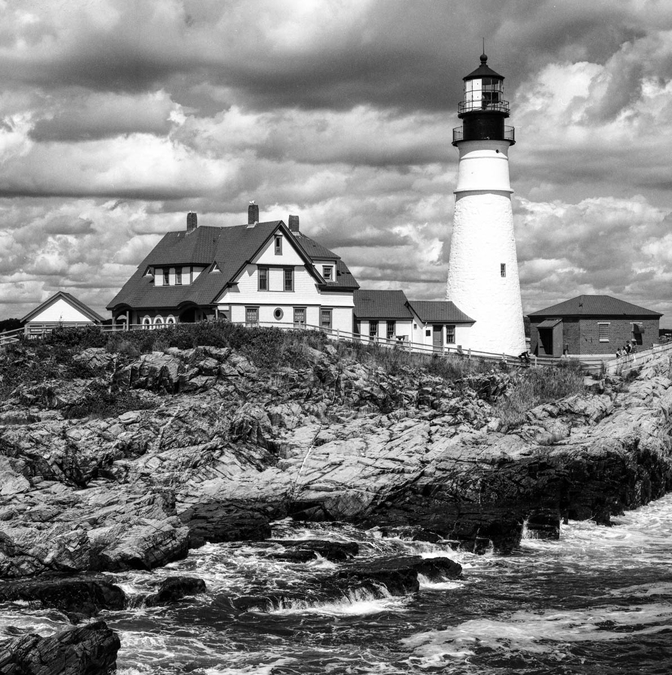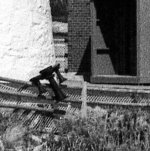Steve Ruddy
Established
I'm wondering mostly about grain and sharpness. I'm assuming the contrast can be adjusted in LR so no need to develop for it? Anyway this test shot was developed in Kodak D-76 full strength. Does it look good for that film type or can I get better and how? I guess I was expecting sharper and finer grain. The focus seems forward a bit so the Rolleiflex T is being serviced now. The image was shot wide open @ f3.5 as well.

Here is the full size image 6994x6994 for closer inspection. Click to zoom full size or copy to inspect in your software.
http://www.coralreefecosystems.com/forum_images/Rollei011-2.jpg
BTW I'm no longer printing in the darkroom so now everything gets scanned with an Epson v6oo. I probably need to either get a better scanner or somehow modify or make a new negative holder to get the best of what the v600 can deliver.

Here is the full size image 6994x6994 for closer inspection. Click to zoom full size or copy to inspect in your software.
http://www.coralreefecosystems.com/forum_images/Rollei011-2.jpg
BTW I'm no longer printing in the darkroom so now everything gets scanned with an Epson v6oo. I probably need to either get a better scanner or somehow modify or make a new negative holder to get the best of what the v600 can deliver.













